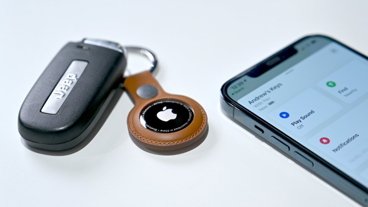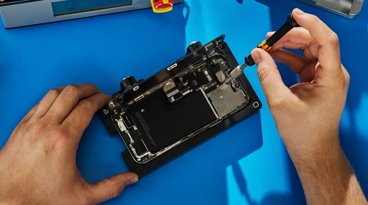What has changed with AppleCare+ for iPhone XS or Apple Watch and why you should consider coverage
AppleCare, Apple's warranty add-on service to help manage the cost of accidental damage, received some changes as part of the introduction of the iPhone XS and the Apple Watch Series 4. AppleInsider explains what has been altered, and why you should consider paying for the extra cover.
What is AppleCare+?
Most iPhone owners know what AppleCare+ is and how it works. For those who don't, AppleCare+ can help users pay considerably less for repairs of the Apple devices in the event of an accident, far less than a similar repair if AppleCare wasn't purchased beforehand.
For example, if an Apple Watch screen somehow gets cracked or accidentally damaged, it will cost $299 to repair, roughly 75percent of the value of the Watch itself. With AppleCare+, you're covered for up to two incidents of accidental damage, and you'll only have to pay $69 instead of $299 for each.
Now you might think "there's no way I'll damage my Apple Watch," but people still end up needing to have their wearable devices repaired by Apple.
Let's say you have a stainless steel Apple Watch Series 4 with LTE. The price of repair is still only $69 with AppleCare+, meanwhile the out-of-warranty price rises to a massive $399 to repair.
If you own the Hermes edition, AppleCare+ is $20 more expensive, but that makes sense because it starts at $1,399.
Apple does provide a one-year limited warranty, but that only covers manufacturer defects and not accidental damage. If the screen cracks, you are out of luck and have to pay the full cost of repair.
It's a similar story for iPhones, with a cracked screen repair for the iPhone XS Max costing $329 without AppleCare+, while it is $29 for each of two accidents under Apple's plan.
You may be thinking you could simply get an aftermarket display for $30 and it'll be good as new. Take it from anyone who has gone down that route, that the quality sucks and it's incredibly easy to crack the display again after this sort of repair.
Back Glass and Personal Lessons
The real value of AppleCare+ for new iPhones lies with the back glass, as it is counted as "other damage" by Apple. Break the back glass of the iPhone XS Max and it will cost $599 for repair through Apple if you don't have AppleCare+, over half the price of the device, compared to $99 if you do.
The worst part is that it's almost impossible to repair this on your own without damaging your phone.
As someone who has accidentally cracked the back glass on their iPhone 8 Plus without having AppleCare+ coverage, I can confirm this can be expensive.
T-Mobile's Jump On Demand plan requires your iPhone to be in good condition in order to trade it in for a new device, and I obviously wasn't going to pay $400 to get the back fixed and then trade in the phone for next to nothing. I ended up paying the remaining $475 balance to buy out the phone, and I was barely able to sell it used on craigslist for $400.
So I lost $75 in the end, and that's excluding all of the monthly payments I made in to the plan.
This time around, I went with Apple's iPhone upgrade program, which includes AppleCare+ coverage, for both my wife and I.
Monthly Payments
Here's the kicker for many users who may think paying a lot for AppleCare+ is too much on top of the cost of the device. For the first time ever, Apple has introduced a monthly payment plan AppleCare+ option, with customers now able to pay $3.99 per month for 24 months instead of $79 upfront.
That adds up to be almost $17 more expensive in the long run, but it definitely makes it easier to justify buying AppleCare+, as it brings the price down to a fancy cup of coffee. .
To make it even better, monthly payment options aren't only available on the Apple Watch Series 4, they are also available for the Series 3 and every single iPhone currently listed on the Apple website. This even includes the new iPhone XS, XS Max and even the upcoming XR.
For the new iPhone XS, for example, instead of paying $199 for AppleCare+ outright, you can pay $10 a month for 24 months, making it easier to get coverage.
Theft and Loss
Another change is the addition of a Theft and Loss option for the AppleCare+ plans.
In the past, if you were on the iPhone upgrade program and your phone got stolen or lost, you would have to continue paying for a phone that you don't even have anymore, even though you paid for AppleCare+ coverage. The plan simply didn't cover instances when the device itself is stolen or goes missing.
Now, under AppleCare+ with Theft and Loss, you can pay an extra $4.16 a month on top, to have the piece of mind that you won't be stuck in that situation if the worst happens.
If your brand new iPhone XS Max is stolen, a brand new replacement will only cost $269, instead of $1,099, making the extra cost worth it.
If you're not in the iPhone upgrade program, you still have the option to add Theft and Loss, but it costs $5 per month on top of the regular AppleCare+ coverage.
In Summary
All in all, Apple's new monthly payments option makes it a lot easier to get AppleCare+ coverage for any new iPhone or Apple Watch. Considering the insanely high cost for back glass repairs on new iPhones, AppleCare+ coverage is more worth it than it ever has before.
On top of that, $4 or $5 a month more for theft and loss protection is a no-brainer for anyone with a history of losing their phones. If you're getting AppleCare+, adding Theft and Loss is highly advisable, unless you are completely certain you won't misplace your phone or have it stolen from your possession.
 Vadim Yuryev
Vadim Yuryev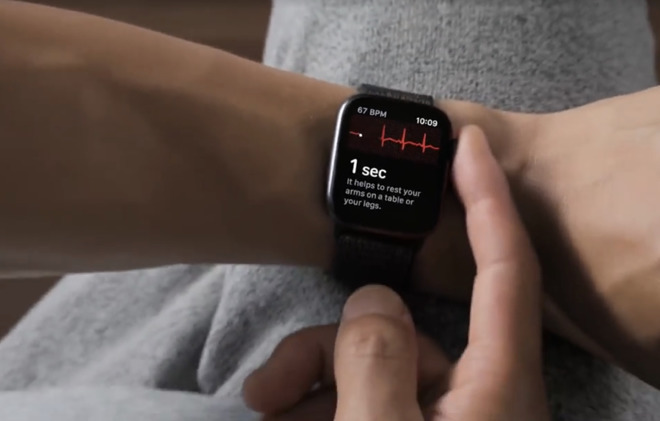
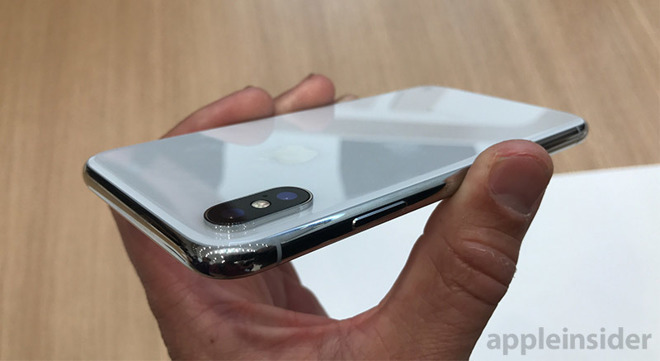
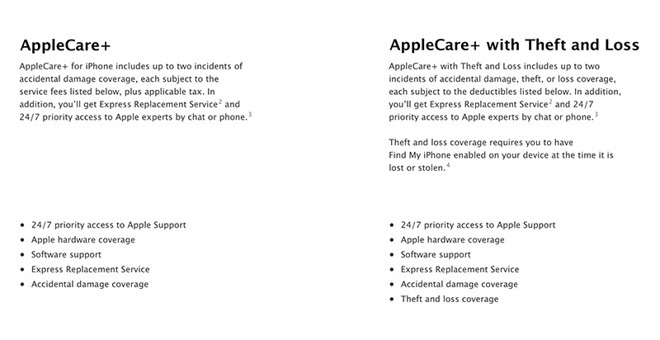











 Andrew Orr
Andrew Orr
 Malcolm Owen
Malcolm Owen

 William Gallagher
William Gallagher

 Mike Wuerthele
Mike Wuerthele
 Christine McKee
Christine McKee

